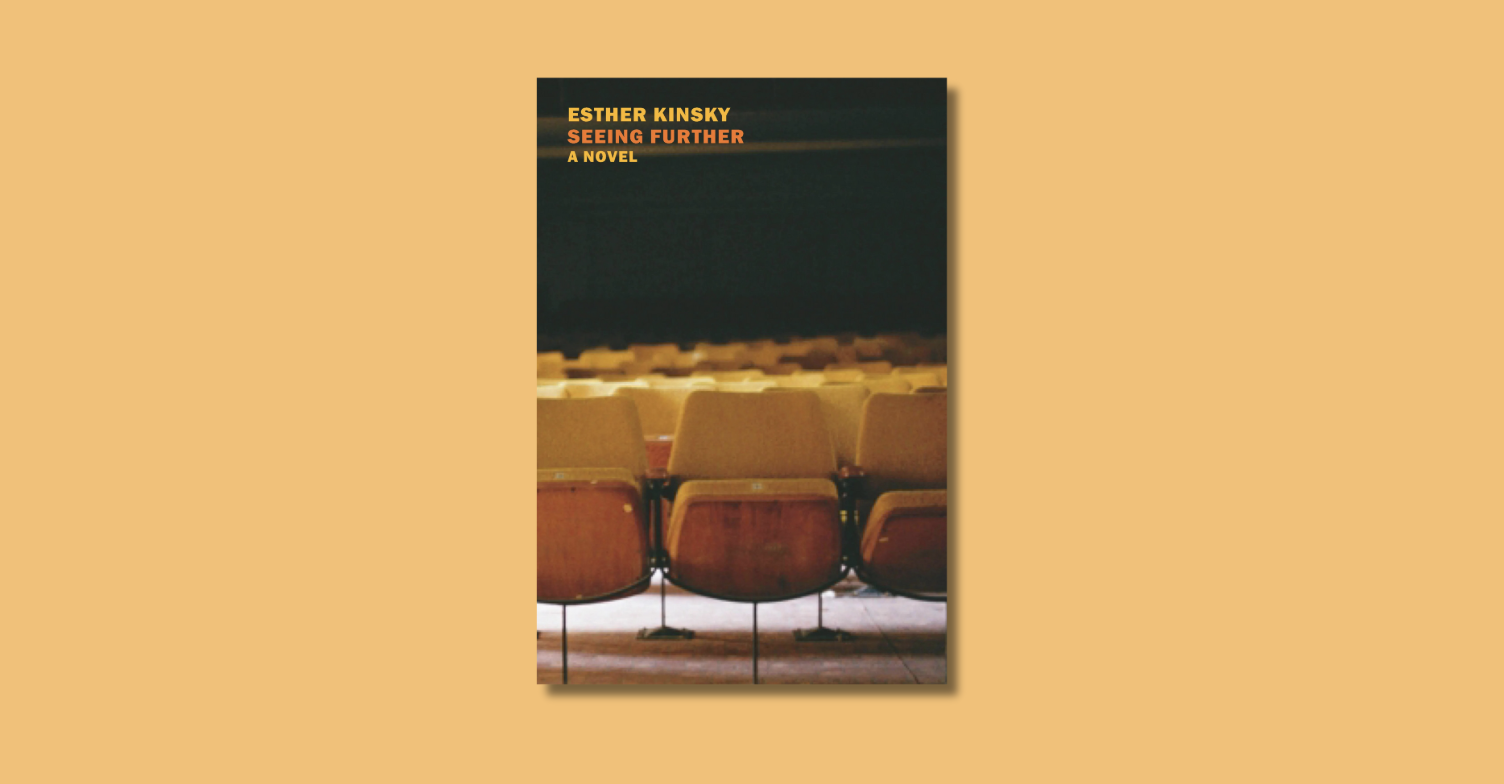I’m going to Buffalo for a wedding this weekend, so you may not hear from me for a couple of days. But if you are in dire need of something to read in the intervening time, allow me to make a suggestion, or two. Most people have read one or two books by Kurt Vonnegut, and most people enjoy them. Slaughterhouse Five, Breakfast of Champions, and Cat’s Cradle are probably the most widely read Vonnegut books. Most folks enjoy those books, and then never read any Vonnegut again. This is a big mistake! There are number of other amazing Vonnegut books, so allow me to present to you the best of the rest (along with brief descriptions): The Sirens of Titan (“The richest and most depraved man on Earth takes a wild space journey to distant worlds, learning about the purpose of human life along the way.”); Galapagos (“A small group of apocalypse survivors stranded on the Galapagos Islands are about to become the progenitors of a brave new human race.”); Hocus Pocus (“A small, exclusive college in upstate New York is nestled along the frozen shores of Lake Mohiga… and directly across from a maximum-security prison. The two institutions manage to coexist peacefully, until 10,000 prisoners break out and head directly for the college.”); Welcome to the Monkey House (“This collection of Vonnegut’s short masterpieces share his audacious sense of humor and extraordinary creative vision.”); and finally God Bless You, Mr. Rosewater (“Eliot Rosewater, drunk, volunteer fireman, and president of the fabulously rich Rosewater foundation, is about to attempt a noble experiment with human nature… with a little help from writer Kilgore Trout.”)








